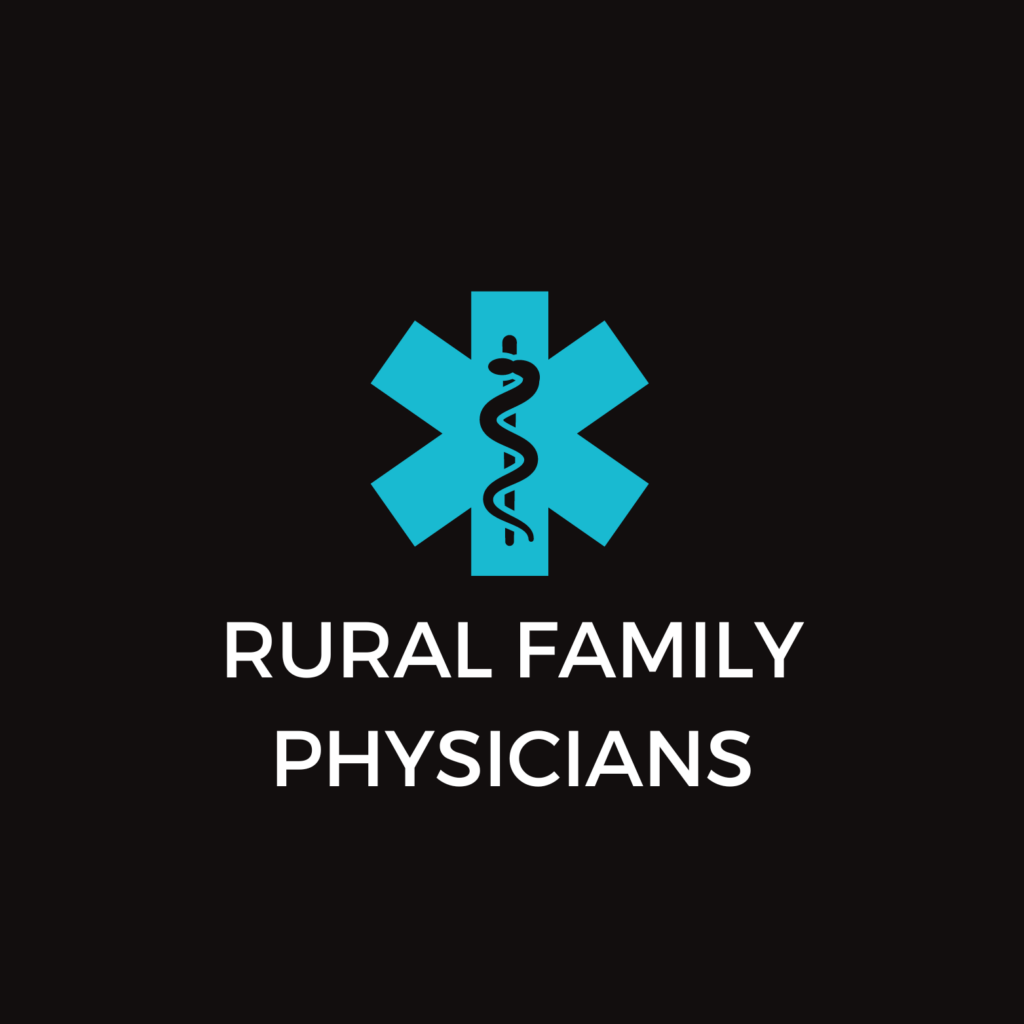- Getting the Word Out About the Affordable Care Act –
- Colorado Health Service Corps Loan Repayment Spring Cycle is Closing in 2 Weeks –
- Federal Register Notice Has Rural Implications –
- Study: Computerized Provider Order Entry Reduces Medication Errors in Hospitals –
- New Resources: New AHRQ Database Offers Patient Safety Education and Training Resources –
- Rural Health Care Program Resources –
As the Affordable Care Act (ACA) moves from law to reality, State Offices of Rural Health (SORHs) are finding ways to make sure that their residents are informed about all the changes and opportunities that the ACA provides.
The Arizona SORH is working to distribute an easy-to-understand brochure that discusses 12 key measures of the ACA, intended for a rural audience. The brochure is available in both in online and paper formats.
“All the other stuff we were seeing on the ACA is so complicated,” said Joyce Hospodar, Health Systems Development Manager at the AZ SORH. “We’re trying to get it down to the local level. As people become more aware of the ACA, we’ll be able to increase their participation in what they’re eligible for, so more people will be getting insurance and be involved with the benefits of the ACA.”
The brochure was a response to a Kellogg Foundation initiative called Rural People, Rural Policy and was developed by the Southwest Rural Policy Network (SWRPN)’s Health Action Team, according to Hospodar. Using money from that initiative, the AZ SORH was able to make printed copies of the brochure to distribute in the state; so far it has been distributed to 26 organizations there, including all the AHECs.
By popular demand the brochure is being translated into Spanish, and public service announcements are being written from it in both English and Spanish, which will be targeted for national distribution.
Funding for development of the brochure came from the Kellogg Initiative. Despite the up-front costs of web development and printing, Hospodar said, she thinks it will be a good investment. “So many organizations are working to get the word out about the ACA that there’s lots of duplication. We’re trying to streamline it. The brochure can be used to answer questions that patients—and citizens—have about the ACA quickly and easily.”
Hospodar said that both the online and print brochure versions can be modified and used by other State Offices of Rural Health (SORHs), but it will require some funding for the modifications. New Mexico is also offering a version of the brochure, tailored for their use, with their particular contact info. To access the Arizona and New Mexico ACA brochures, visit the SWRPN Affordable Care Act page. SORHs that are interested in adapting the brochure for their use can contact Hospodar for more information, at hospodar@email.arizona.edu or 520-626-2432.
Colorado Health Service Corps Loan Repayment Spring Cycle is Closing in 2 Weeks!
Federal Register Notice Has Rural Implications
A February 7, 2013, Federal Register Notice has rural health implications. The FR Notice, Medicare and Medicaid Programs; Part II—Regulatory Provisions To Promote Program Efficiency, Transparency, and Burden Reduction, includes two major provisions on Critical Access Hospitals. One proposal is to change the requirement that a physician be on-site for RHCs, CAHs and FQHCs (availability could be by radio or telephone). Another is to drop the requirement that CAHs develop patient care policies with the advice of at least one non-staff member. This is a rare opportunity to comment on a CMS proposal. Comments on this Notice are due by due April 8th at 5pm EST.
Processing a prescription through an electronic ordering system can reduce the likelihood of a drug error by half and potentially avoid more than 17 million such incidents in U.S. hospitals in one year alone, according to a new study supported by the Agency for Healthcare Research and Quality. The authors evaluated published evidence on the impact of computerized provider order entry (CPOE) on hospital drug errors and combined this information with data on the adoption of CPOE and the volume of medication orders processed annually. The results estimated the reduction in drug errors for one year, finding that widespread adoption of CPOE could substantially reduce drug errors.
“Reduction in medication errors in hospitals due to adoption of computerized provider order entry systems” appears online in the Journal of the American Medical Informatics Association. To access the abstract, select: http://jamia.bmj.com/content/early/2013/01/27/amiajnl-2012-001241.full.
-
Application Process Overview
-
Step-by-Step Guide for HCPs
-
New to the RHC Program? Getting Started
-
Log in using My Portal
-
Help with My Portal, RHC’s online application management system



